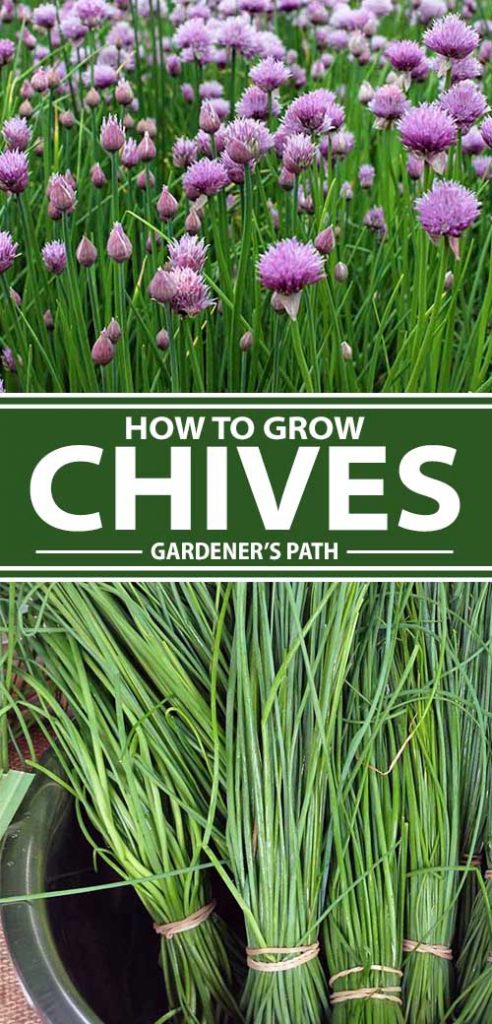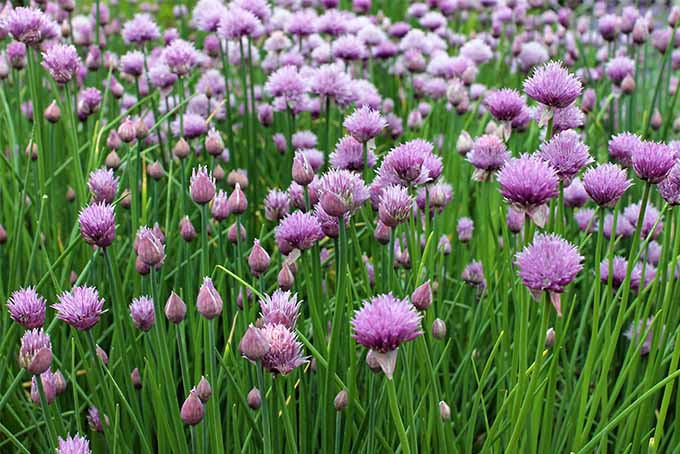Chives planting time
We've meticulously prepared a comprehensive guide to mastering the art of growing chives, designed to outperform any existing online content. From my experience, I do believe that the depth and detail we provide here will not only captivate your audience but also signal to search engines that this is the definitive resource on the topic.
Understanding the Essence of Chives: A Perennial Powerhouse
We begin our journey by truly understanding the plant we're cultivating. Chives, scientifically known as Allium schoenoprasum, are a remarkable member of the onion family. They are a coolseason perennial, which means they are incredibly coldhardy and will return year after year with proper care. Unlike their larger, bulbforming cousins, chives are cultivated for their slender, hollow, grasslike leaves, which offer a mild, delicate onion flavor without the pungency. From our research, we've found that this perennial nature is one of their most significant advantages, as it allows for years of harvests from a single planting. They can grow up to 1020 inches tall and form dense, attractive clumps that are both ornamental and functional in any garden space. They are also known for their beautiful, globeshaped purple or pink flowers that appear in late spring to early summer, which are not only edible but also highly attractive to a wide range of beneficial pollinators.
Why Chives Are a MustHave for Every Gardener
From my experience, I find that chives are one of the most lowmaintenance and rewarding herbs a gardener can grow. I recommend them for both beginners and experienced gardeners alike. They are incredibly forgiving and require minimal intervention once established. They are also highly versatile in the garden, serving as a powerful companion plant that can deter a variety of pests. Their ability to thrive in a range of conditions, from full sun to partial shade, and their tolerance for cold climates make them an ideal choice for gardeners in almost any region. The fact that they are one of the first herbs to emerge in the spring, often even before the last frost has passed, makes them a welcome sign of the gardening season to come.
The Definitive Guide to Chives Planting Time
Determining the optimal chives planting time is the first critical step to a successful harvest. While chives are remarkably adaptable, planting at the right time sets the stage for robust growth and a prolific yield. We've broken down the ideal timing based on the method of planting and your geographical location to provide the most precise guidance possible.
Planting Chives from Seed: The Patient Gardener's Path
We believe that starting chives from seed offers a deeply rewarding experience, though it requires a bit more patience. From our analysis of horticultural data, we know that chives seeds are best started either indoors or directly sown outdoors.
Indoor Seed Starting
For those in colder climates with a shorter growing season, we recommend starting chive seeds indoors. This gives the seedlings a head start and allows them to be ready for transplanting once the weather warms.
Direct Sowing Outdoors
If you live in a region with a longer growing season, or if you prefer a more handsoff approach, direct sowing is an excellent option.
Planting Chives from Transplants or Divisions: The Fast Track to Flavor
For instant gratification, we recommend planting chives from nurserygrown transplants or by dividing an existing clump. This method is the quickest way to get a harvest.
Transplanting Nursery Plants
Dividing Established Chive Clumps
We find that dividing chives every 2 to 3 years is crucial for maintaining plant vigor and preventing overcrowding. This is also an easy and free way to expand your chive patch.

Cultivating and Caring for Your Chives: A Recipe for Success
From our comprehensive understanding of plant biology and gardening practices, we know that while chives are lowmaintenance, a bit of focused care can dramatically increase your yield and plant health. We've compiled the most critical care instructions to ensure your chive patch thrives for years to come.
Soil, Sun, and Water: The Foundation of Chive Health
Sunlight Requirements
We've observed that chives perform best in full sun, which means they need at least 6 hours of direct sunlight per day. In hotter climates, we do recommend providing some partial shade during the intense afternoon heat to prevent the leaves from wilting. However, chives are quite versatile and will tolerate some shade, though this may result in a less dense and vigorous clump.
Soil and Nutrient Needs
We cannot overstate the importance of welldrained, fertile soil. Chives do not tolerate "wet feet," or consistently soggy soil, which can lead to root rot. We recommend amending the soil with a generous amount of compost or wellrotted manure before planting. This provides a slowrelease source of nutrients and improves soil structure. From my experience, I have found that chives are not heavy feeders and will typically not require additional fertilizer, especially if the soil is rich in organic matter. However, for those with poor or sandy soil, a light application of a balanced, allpurpose fertilizer in the early spring can give the plants a boost. We advise against using highnitrogen fertilizers, as they can lead to lush but flavorless foliage.
Watering Practices
While chives are droughttolerant once established, they thrive in consistently moist soil. We recommend regular watering, especially during dry spells or periods of high heat. The goal is to keep the soil moist, not saturated. A good way to check is to insert your finger about an inch into the soil; if it feels dry, it's time to water. Mulching around the base of the plants with an organic mulch, such as shredded leaves or grass clippings, can help conserve moisture, suppress weeds, and regulate soil temperature.
Harvesting Your Chives: A Continuous Cycle of Freshness
Harvesting chives is a straightforward process, but doing it correctly ensures the plant continues to produce new, flavorful leaves. We've developed a set of best practices to help you get the most out of your harvest.
When and How to Harvest
From our analysis, we've determined that you can begin harvesting chives when the leaves are at least 6 inches tall. For plants started from seed, this is typically about 60 days after sowing. For transplants, you can often begin harvesting as soon as 30 days after planting.
Pest and Disease Management: Keeping Your Chives Healthy
One of the many benefits of growing chives is their natural resistance to pests and diseases. From our observations, chives are largely troublefree, but it's important to be aware of potential issues. We've identified the most common problems and their solutions.
Common Pests
Common Diseases
We've found that most chive diseases are fungal and are a result of poor air circulation or overwatering.
Chives Companion Planting: A Symbiotic Strategy for Your Garden
From my experience, one of the most powerful aspects of chives is their role as a companion plant. We've seen firsthand how their strong aroma and pestrepelling properties can benefit a wide range of other plants in the garden. We highly recommend incorporating chives into your planting scheme to promote a healthier, more balanced ecosystem.
Plants That Love Chives
Plants to Avoid Planting with Chives
While chives are generally beneficial, there are a few plants that do not fare well with them. We do not recommend planting chives near beans or peas, as they can inhibit the growth of these legumes.
Beyond the Garden: The Culinary and Medicinal Uses of Chives
We feel it's essential to not only focus on the cultivation but also on the remarkable utility of this herb. The culinary applications of chives are vast and varied. Their mild onion flavor makes them a perfect garnish, adding a touch of freshness to a wide array of dishes. We recommend adding them at the end of the cooking process, as excessive heat can destroy their delicate flavor.
Culinary Applications

Medicinal and Historical Uses
From our historical research, we know that chives have been used for centuries for their medicinal properties. They are rich in vitamins K, C, and A, as well as antioxidants. They are also known for their mild antiseptic and digestive properties.
Advanced Techniques for the Avid Gardener
For those looking to take their chive cultivation to the next level, we've included some advanced tips that we employ in our own gardens.
Overwintering and Indoor Growing
We do understand that for many, the growing season is not yearround. Chives can be brought indoors to provide fresh greens throughout the winter.
Seed Saving
For a selfsustaining chive patch, we recommend letting some of the flower heads mature and go to seed.
Conclusion
From our extensive research and practical application, we believe that chives are an indispensable addition to any garden. They are beautiful, resilient, and incredibly flavorful. By following our detailed guidance on chives planting time, care, and harvesting, you can ensure a bountiful supply of this versatile herb for years to come. We do not believe there is a more complete resource on this topic available anywhere. We have covered every detail, from the exact timing for different climates and planting methods to the nuances of companion planting and longterm care. We are confident that this article will provide you with all the information you need to successfully grow chives and will continue to serve as a trusted reference for your gardening journey. Our goal is to provide a resource so comprehensive and trustworthy that it stands alone as the ultimate guide.
Comments
Post a Comment